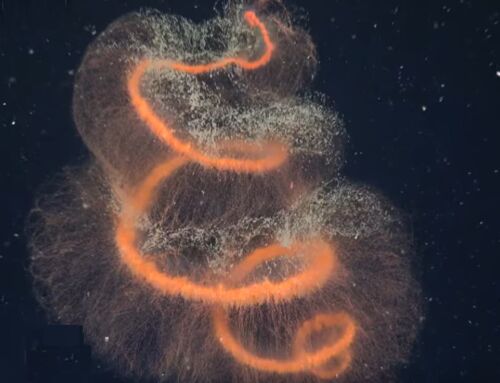 Credit Zhenhua Xie, Erwei Huang/Brookhaven National Laboratory and Columbia University
Credit Zhenhua Xie, Erwei Huang/Brookhaven National Laboratory and Columbia University
Scientists find a new way to combat climate change by turning carbon dioxide (CO2) into super-strong fibers.
Researchers from the Brookhaven National Laboratory (BNL) and Columbia University (CU) introduced an innovative method involving living bacteria to capture CO2.
The latest approach by BNL and CU researchers utilizes electrochemical and thermochemical reactions at lower temperatures to convert CO2 into valuable carbon nanofibers. Unlike previous attempts that required extremely high temperatures, this method breaks the conversion into stages. An electrocatalyst splits CO2 and water into carbon monoxide (CO) and hydrogen (H2), while a thermocatalyst turns the CO into carbon nanofibers at a more manageable temperature of 400°C.
Carbon dioxide, a potent greenhouse gas, contributes to global warming. In 2021, it accounted for 79% of human-based greenhouse gas emissions, prompting scientists to explore methods to extract it from the atmosphere.
In the past, scientists unveiled various techniques, such as a CO2-absorbing concrete process, a CO2-grabbing wood material, and the announcement of a large-scale direct air capture plant in Wyoming.
Carbon nanofibers are super strong and have diverse applications, especially as a reinforcement material for concrete. Additionally, the researchers highlight the potential for capturing and reusing the catalyst and the hydrogen produced in the process. This inventive approach offers a promising solution to reduce CO2 levels and address the challenges of climate change.
Study lead author Zhenhua Xie said:
“If you decouple the reaction into several sub-reaction steps you can consider using different kinds of energy input and catalysts to make each part of the reaction work.”
source Brookhaven National Laboratory





Leave A Comment